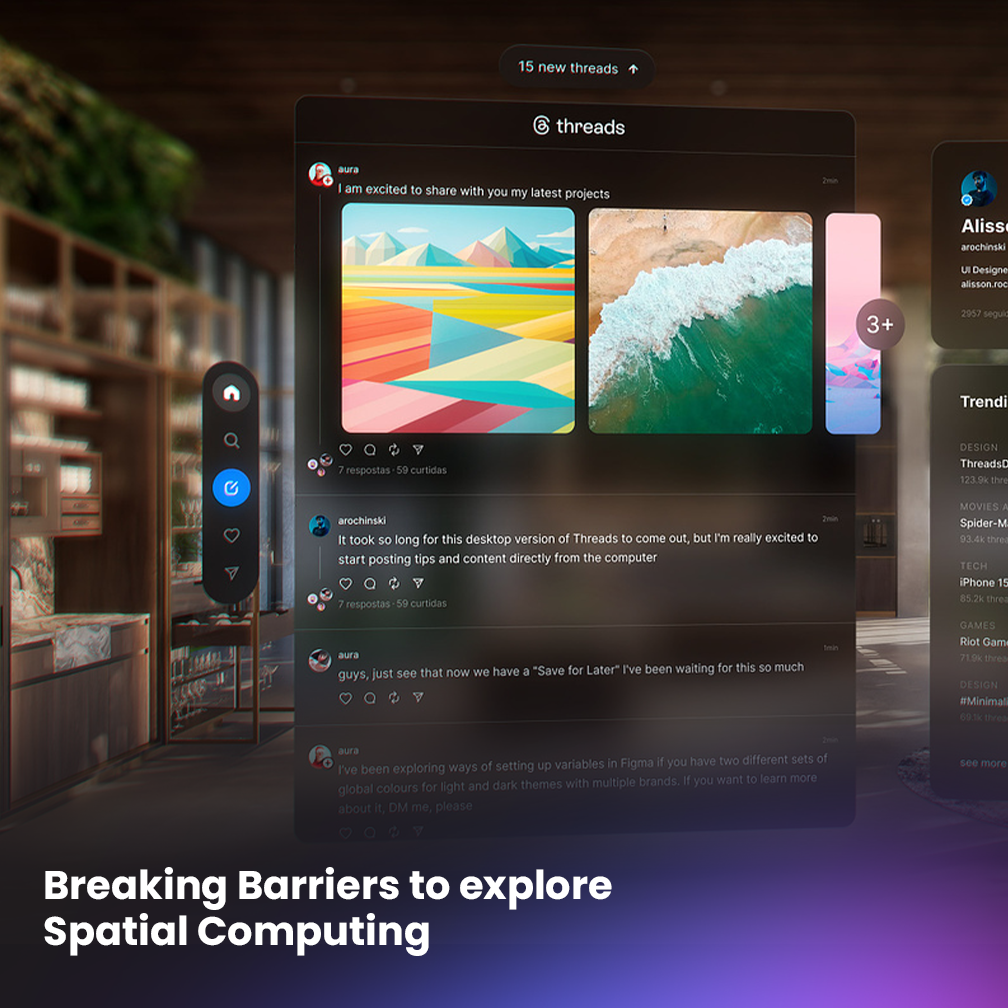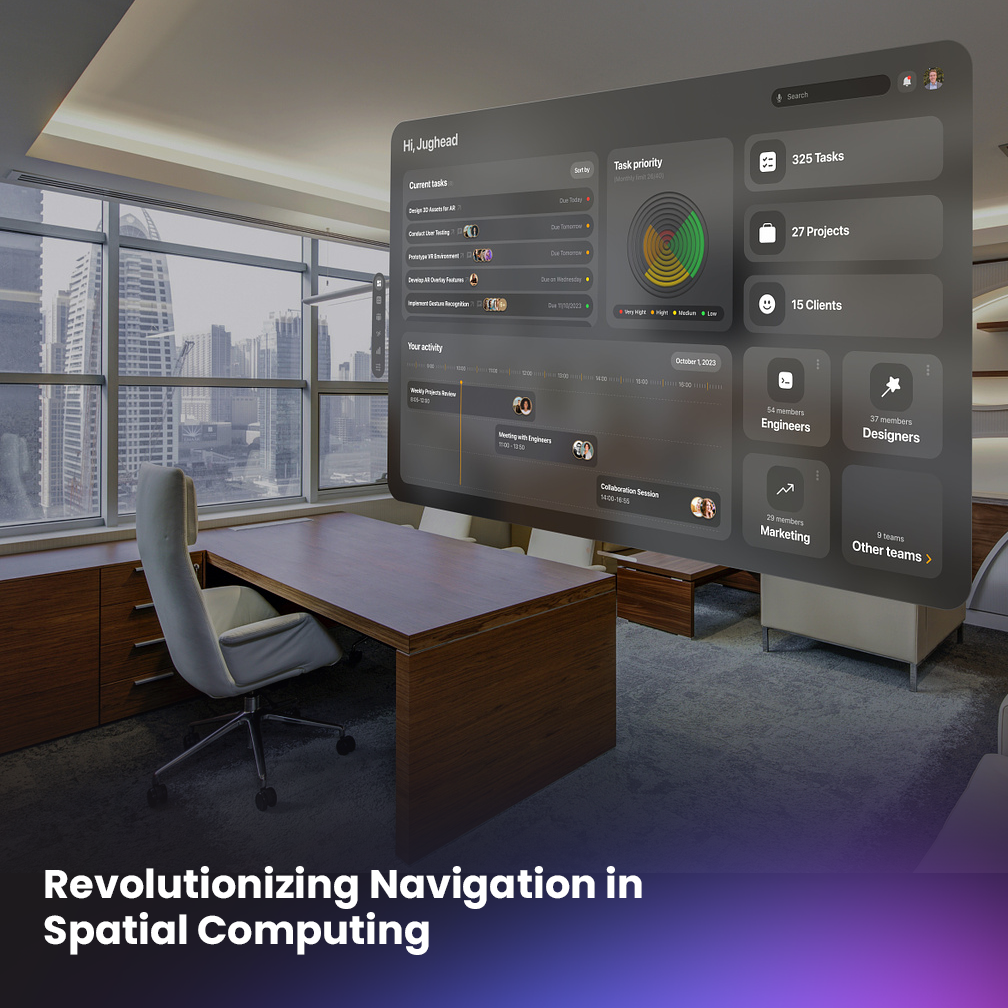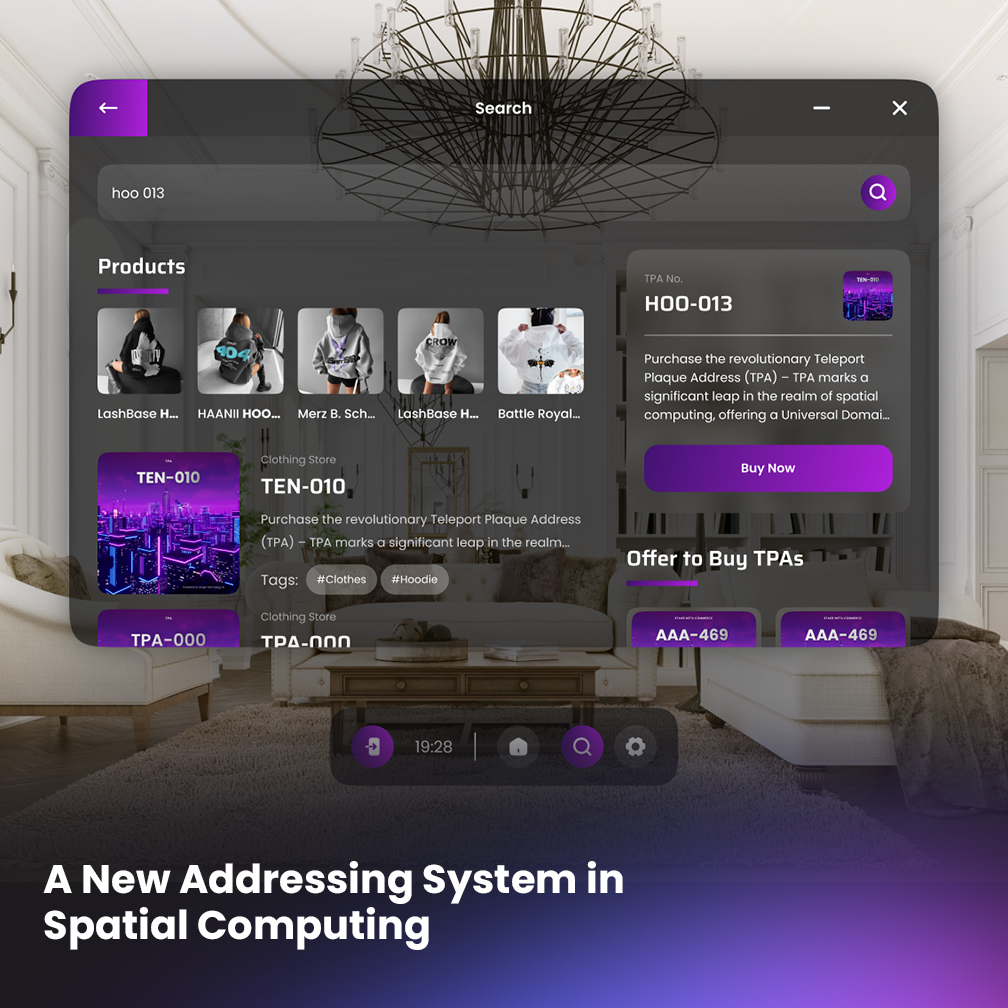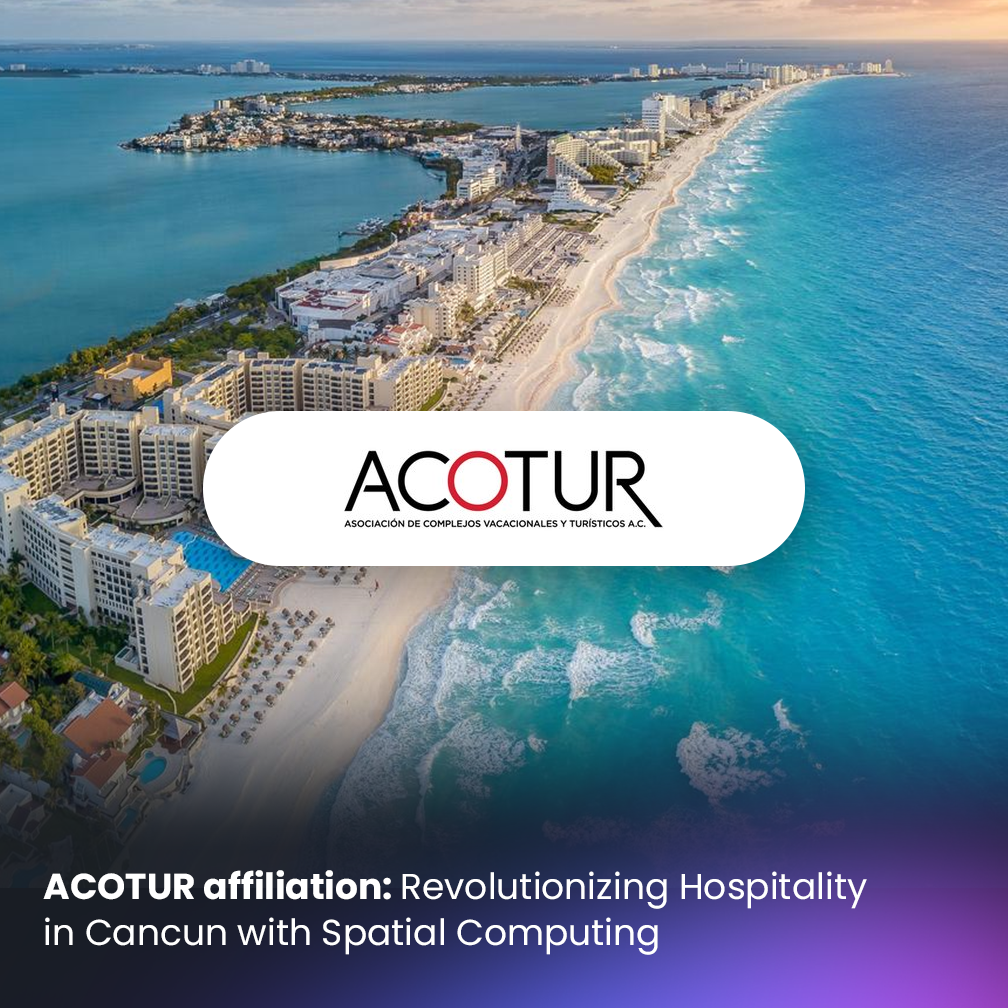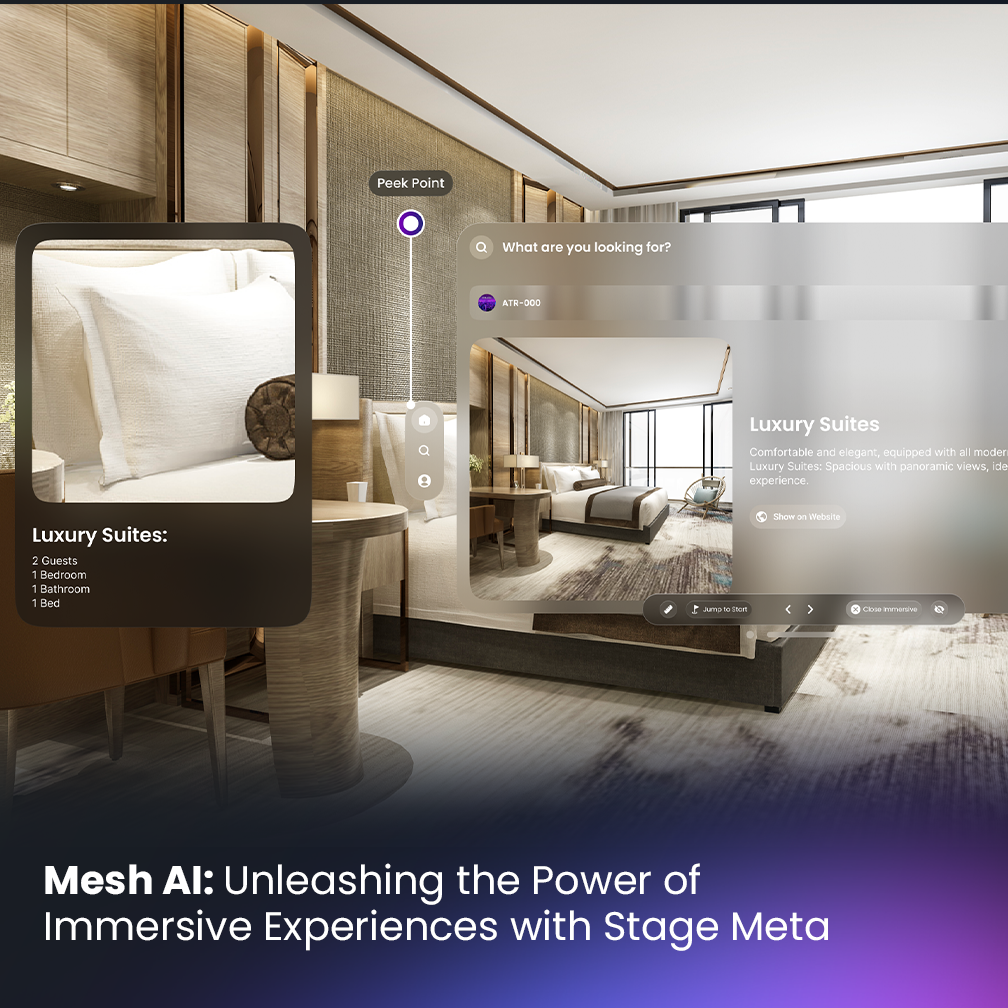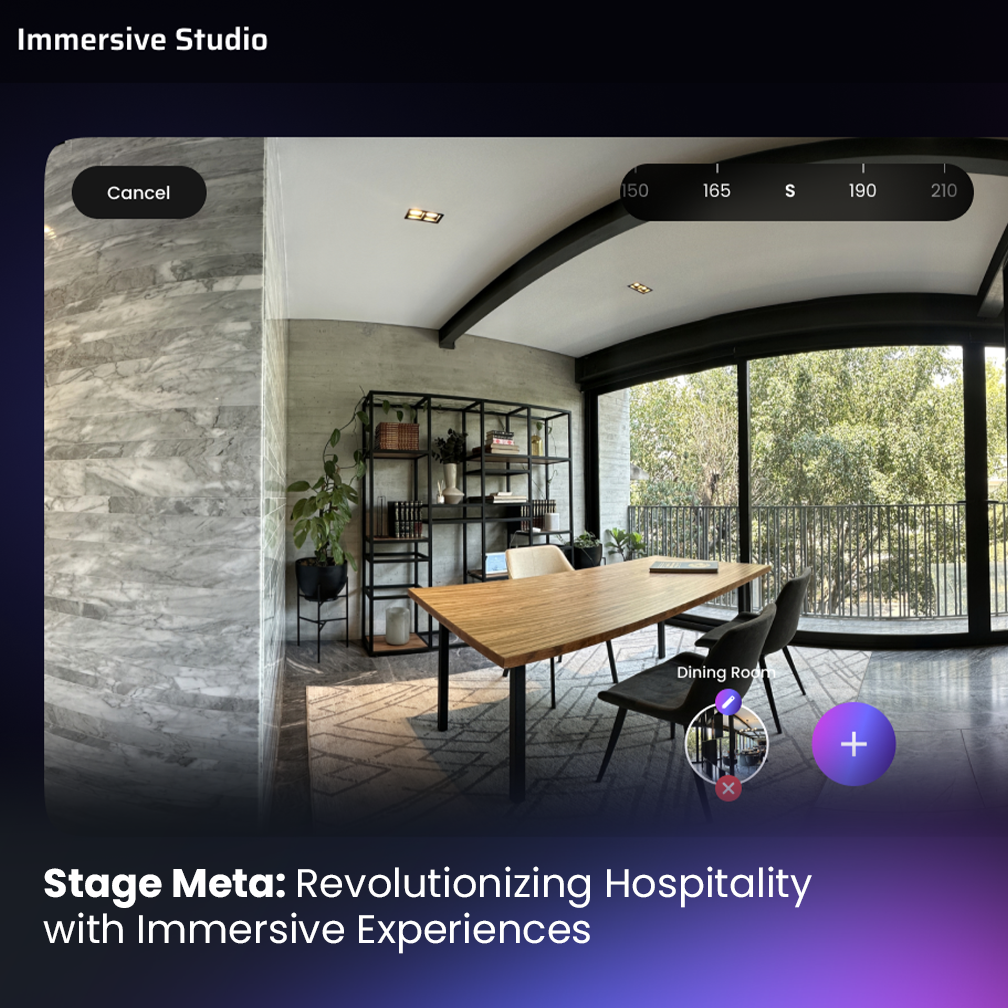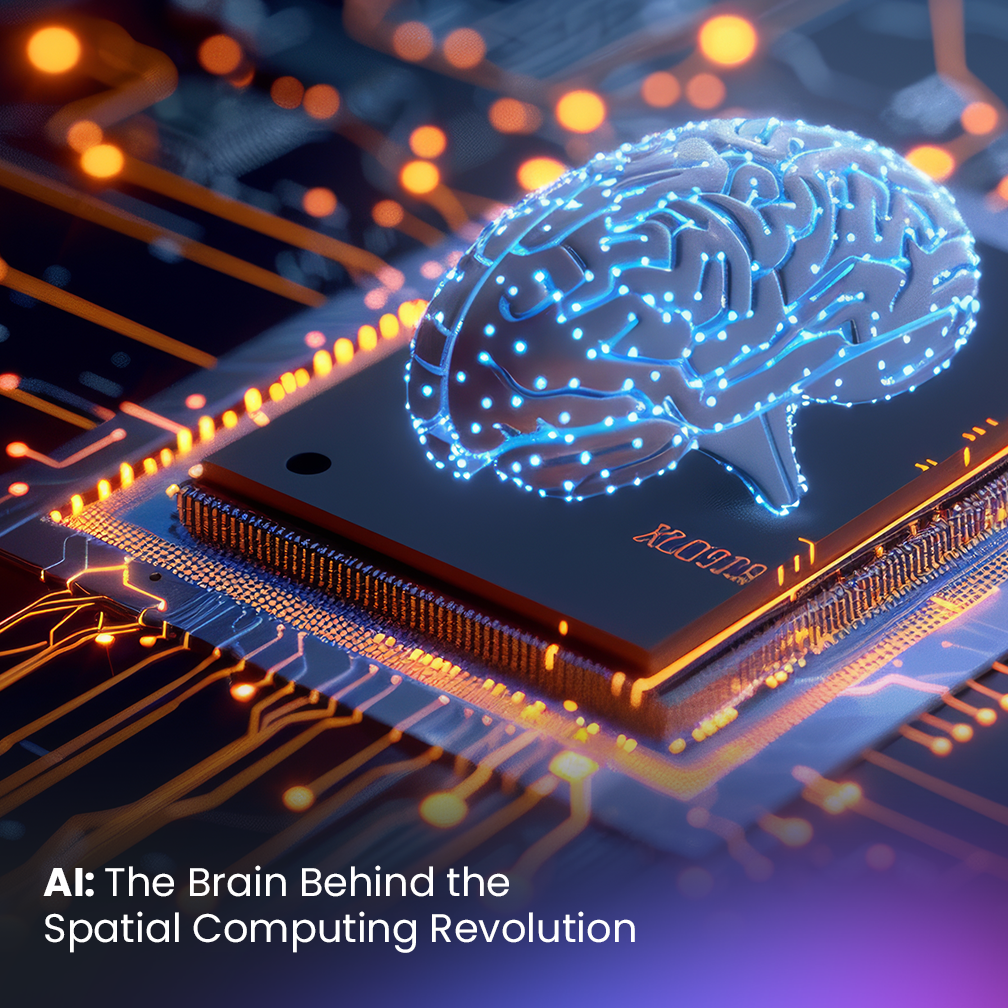
Estimated reading time: 6 minutes
Last week, we visited the idea of the exploration of spatial computing, focusing on Teleportation. In this post, we will revisit that subject, but this time learning more about Teleport Plaque Addresses and how they work.
Teleportation has become an integral part of spatial computing experience, allowing people to explore and interact in ways that were not possible before. As such, it is important to understand how this technology works and its potential applications moving forward.

Teleport Plaque Address Technology
To help users navigate between different locations within the virtual world, Teleport Plaque Addresses are used to identify exact destinations for teleportation.
These Teleport Plaque Addresses work much like a domain name works on the current internet — providing users with precise directions on where they are headed.
In addition, these plaques can also have additional information such as opening hours, contact details, or even reviews from other users who have visited the same location before.
By using this system of addresses, users can quickly get to their desired destination with minimal effort.
Teleport Plaque Addresses create simplified navigation within spatial computing — as people will know exactly where they are going before using teleportation. This provides users with peace of mind that they won’t accidentally end up in an unfamiliar or dangerous area without warning.
Moreover, these plaques can also help users discover new places by providing them with detailed descriptions of each location.
It is clear that Teleport Plaque Addresses provide many benefits for users in spatial computing, but there is still potential for further improvements and refinements with this technology moving forward.
In conclusion, Teleport Plaque Addresses provide an invaluable service for users of spatial computing by enabling them to quickly and accurately travel between different locations with minimal effort.
This tool has become increasingly popular among users thanks to its convenience, efficiency and accuracy when compared with traditional methods of transportation.
Furthermore, there is potential for further advancements and refinements with this technology moving forward that could help expand its use within the virtual world — such as augmented reality (AR) features that would provide additional information in real-time while traveling.
All these factors demonstrate why Teleport Plaque Addresses are an important part of spatial computing experience and why they will continue to be a key feature moving forward.

The Benefits of Using Teleport Plaque Addresses
The Teleport Plaque Address is an invaluable tool for users of spatial computing — allowing people to quickly explore virtual worlds and connect with others in ways that weren’t possible before.
This system is highly efficient, easy-to-use, and has become increasingly popular among spatial computing users thanks to its convenience and accuracy when compared with traditional methods of transportation.
These plaques have multiple benefits for users of spatial computing. Not only do they allow people to easily find their destination by providing detailed descriptions or reviews from other visitors — but they also provide a greater sense of security when travelling within the virtual world.
However, there is potential for further advancements and refinements with this technology moving forward — such as augmented reality (AR) features that could be used to display directions and other information in real-time directly within the virtual world. By utilising AR capabilities, users would be able to get more precise directions while travelling from one location to another — allowing them to easily find their destination without any confusion or uncertainty.
Overall, Teleport Plaque Addresses are an invaluable tool for users of spatial computing — providing a convenient and safe way for people to quickly explore new places. As technology progresses, these plaques may become even more efficient with the introduction of AR features that can provide users with addition
The future of teleportation within spatial computing looks bright — as advancements in technology could make this method of travel even more efficient and secure for users. By introducing augmented reality (AR) capabilities, Teleport Plaque Addresses could be taken to the next level — providing users with detailed directions and other information in real-time while traveling. All these factors demonstrate why teleport plaques are an important part of spatial computing experience and why they will continue to be a key feature moving forward.

The Future of Spatial Computing
As spatial computing continues to evolve and gain popularity, exploration technology is becoming increasingly important. In this blog post, we will explore the future of exploration technology in spatial computing and what we can expect in the years to come.
Spatial computing is a virtual world that is created using advanced technology such as virtual reality, augmented reality, and 3D graphics. It is an immersive experience that allows users to interact with a virtual world in a way that is similar to the real world. Exploration technology in spatial computing allows users to explore and discover new areas of the virtual world, just as they would in the real world.
One of the most significant advances in exploration technology in spatial computing is the use of artificial intelligence (AI) and machine learning. These technologies enable the creation of more realistic and dynamic virtual worlds. AI can be used to generate realistic terrain, flora, and fauna, while machine learning algorithms can create more intelligent and realistic NPCs (non-player characters) that can interact with players in a more realistic way.
Another technology that is transforming the way we explore spatial computing is blockchain. Blockchain technology provides a secure and decentralized platform for virtual assets and transactions. This means that users can buy and sell virtual assets, such as land or buildings, without the need for a centralized authority. This allows for greater freedom and flexibility in the virtual world, and it also enables users to earn real money by selling virtual assets.
Virtual reality (VR) and augmented reality (AR) are also revolutionizing the way we explore spatial computing. VR headsets allow users to fully immerse themselves in the virtual world, while AR technology can overlay virtual elements onto the real world. These technologies enable a more realistic and engaging exploration experience, and they are becoming increasingly accessible and affordable.
As spatial computing continues to evolve and become more sophisticated, we can expect to see even more advanced exploration technology being developed. This could include haptic feedback technology that allows users to feel the virtual world, or even brain-computer interfaces that allow users to control their avatars with their thoughts.
In conclusion, the future of exploration technology in spatial computing is incredibly exciting. As technology continues to advance, we can expect to see even more realistic and immersive virtual worlds, with advanced AI, blockchain, VR, and AR technologies transforming the way we explore and interact with them. Spatial computing is set to become a truly transformative technology that will change the way we live, work, and play in the years to come.
